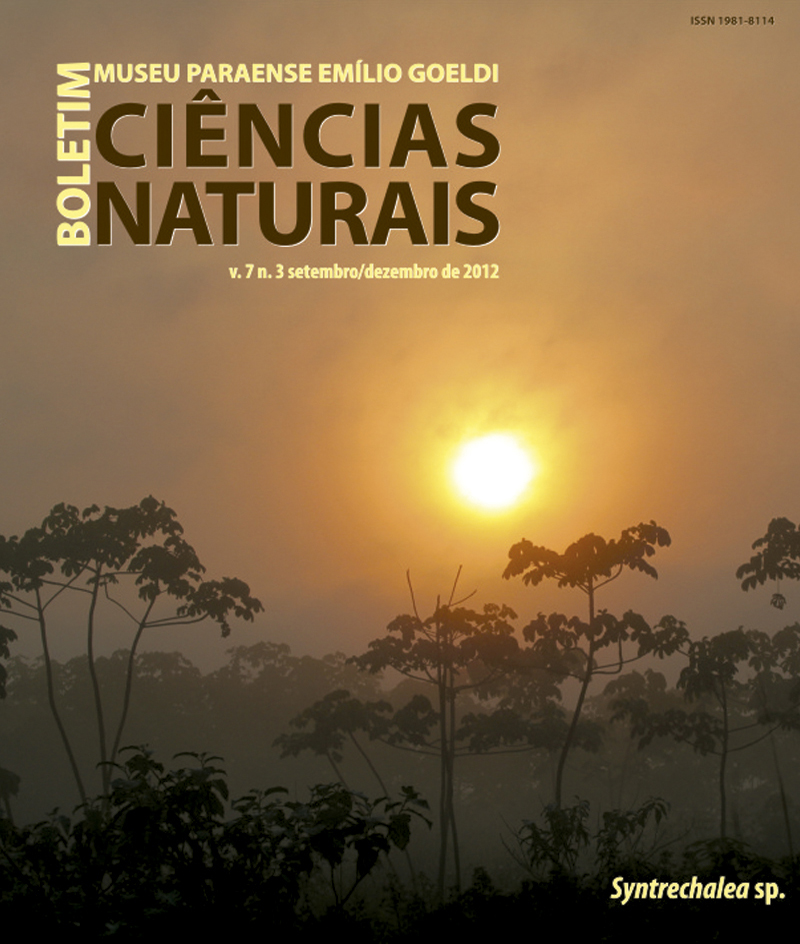Secondary forests as biodiversity repositories in human-modified landscapes: insights from the Neotropics
DOI:
https://doi.org/10.46357/bcnaturais.v7i3.593Keywords:
Biological conservation, Forest fragmentation, Forest regeneration, Succession, Land useAbstract
In this essay we examine some of the processes affecting the composition and structure of tree species assemblages and, consequently, what we can expect from secondary-forest stands as an element of human-modified landscapes and as an opportunity for biodiversity persistence in this ecological context. Based on the available information, it is reasonable to predict that in some landscapes or biotas: (1) small forest remnants degenerate and support plant assemblages with attributes similar to those observed in early and intermediate-aged regenerating stands, while secondary-forest stands move from initial to more advanced successional stages; (2) collectively, remnant/stand attributes and landscape integrity define the pace through which degeneration proceeds, but also the potential for regeneration; (3) at the landscape spatial scale, remnants and stands tend to converge in terms of structure, but also in terms of taxonomic and functional composition. In other words, remnants degenerate and secondary-forest stands regenerate toward a sort of ‘climax community’, which is conditioned by the physical and biological integrity of both patch and landscape. Considering secondary forests in the conceptual, ecological and spatial framework of human-modified landscapes may help us to understand and maximize the conservation services provided by this habitat as it proliferates through human-modified landscapes.
Downloads
Published
Issue
Section
License
Publication means fully assigning and transferring all copyrights of the manuscript to the journal. The Liability Statement and
Assignment of Copyrights will be enclosed with the notice of acceptance. All the authors must sign the document and return it to the journal.








